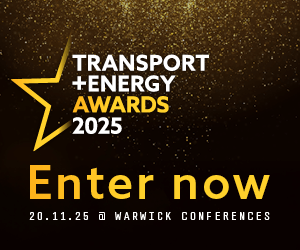National disability charity Designability has created free charging infrastructure design guidance to ensure disabled people are accommodated as the UK roll-out continues.
The charity highlighted that wIth one in five people in the UK disabled, by 2035 there will be 1.35 million disabled drivers partially or fully reliant on public EV charging. But research has shown there is a lack of accessibility across the existing infrastructure.
As a result of being alarmed by the scale of challenges facing disabled drivers and passengers when charging EVs in public, Designability has created the guide.
In response to the challenges Motability and the UK Government formed a partnership to co-sponsor PAS 1899:2022 – an accessibility standard for public EV charging points developed by BSI. Through this partnership, Motability awarded Designability with grant funding to explore electric vehicle charging solutions for the benefit of disabled drivers.
Designability carried out research and user testing working with disabled people to understand the challenges with current EV charge points and to inform freely available design guidance for designers, manufacturers, installers, providers, site owners, procurers and commissioners of public EV charge point infrastructure, to ensure accessibility for all users. Additionally, Designability have sat on the steering group for PAS 1899:2022, which was launched in October 2022.
To demonstrate designs, Designability developed charging unit prototypes which evolved in response to engagement with disabled drivers.
Speaking about the release, CEO of Designability, Catharine Brown, said: “We strongly believe no one should be left behind in the transition to electric vehicles. All disabled people should be able to live the life they choose, with greater independence, and feel empowered and included in everyday life.”
“This is a crucial time for us to ensure public EV charging it is the best it can be, and accessible for all. We are really excited about the future of public EV charging and how it will help disabled people to feel included, listened to and enable them to play their part in the transition to electric vehicles.
“Our Design Guidance looks at the challenges faced by disabled people, with a range of accessibility needs, and what the solutions are to overcome them, to ensure charging is as easy and successful as possible. We have included considerations to the built environment, signage and information, and charging an electric vehicle. Each section is relevant to organisations throughout the design and delivery of EV charging infrastructure, with clear and illustrative guidance to help align with the new PAS 1899:2022.“
One Designability user testing participant said: “It’s really important to be involved in this process as a disabled person, because we are getting our views heard.”
Another added: “It’s really frustrating when I can’t charge my car, it makes me feel like I’m not a valued member of society.”
The Design Guidance for Accessible Public EV Charging can be viewed here.
Image courtesy of Designability















